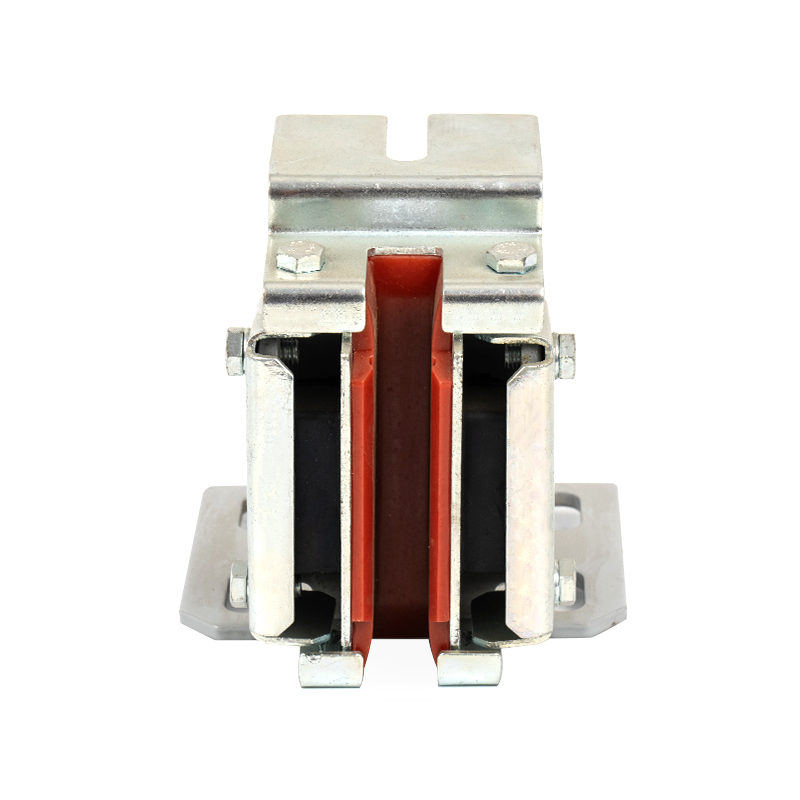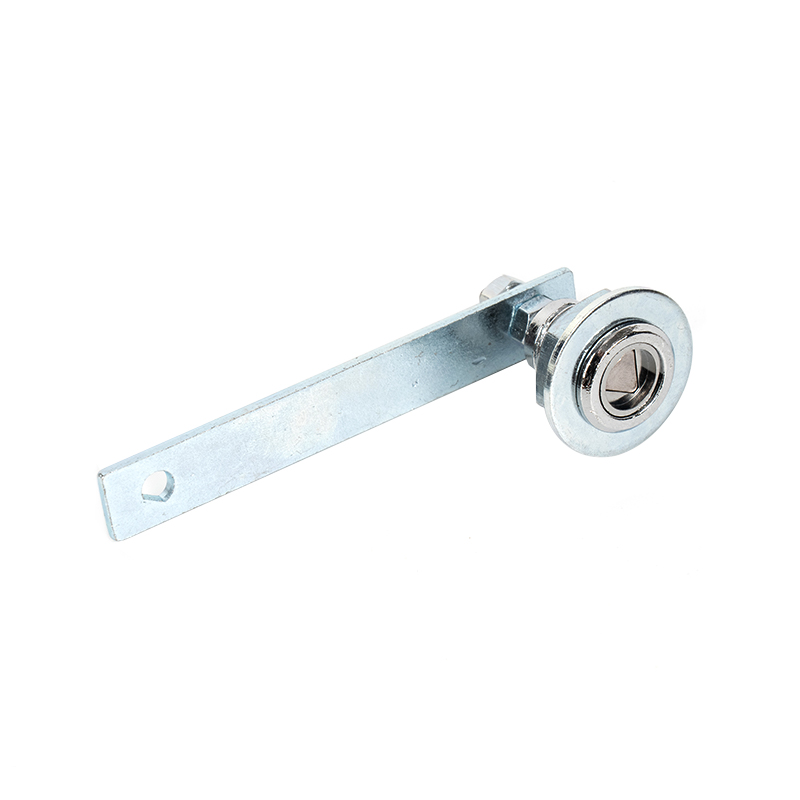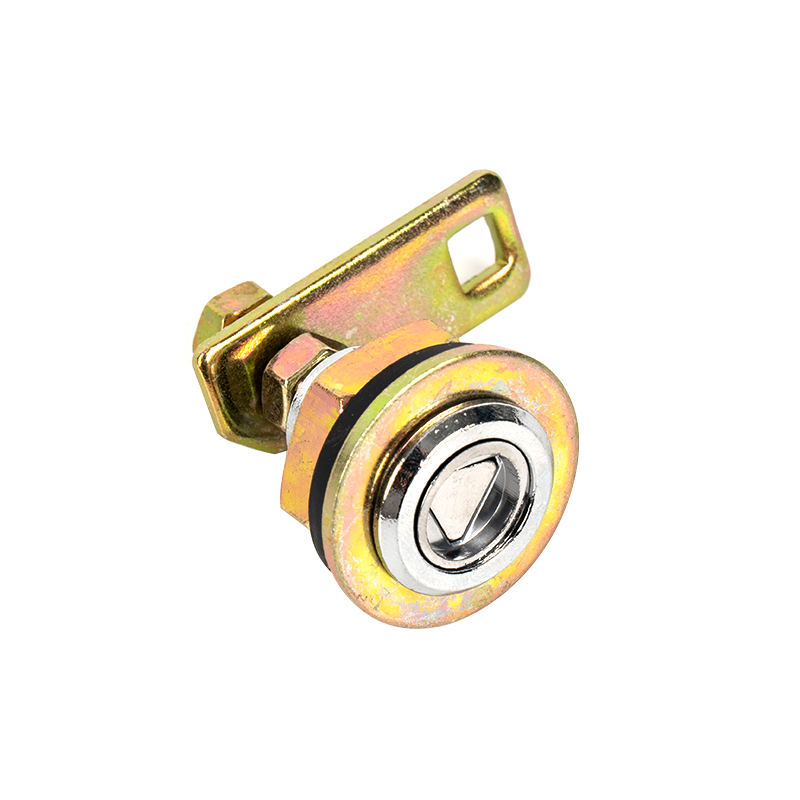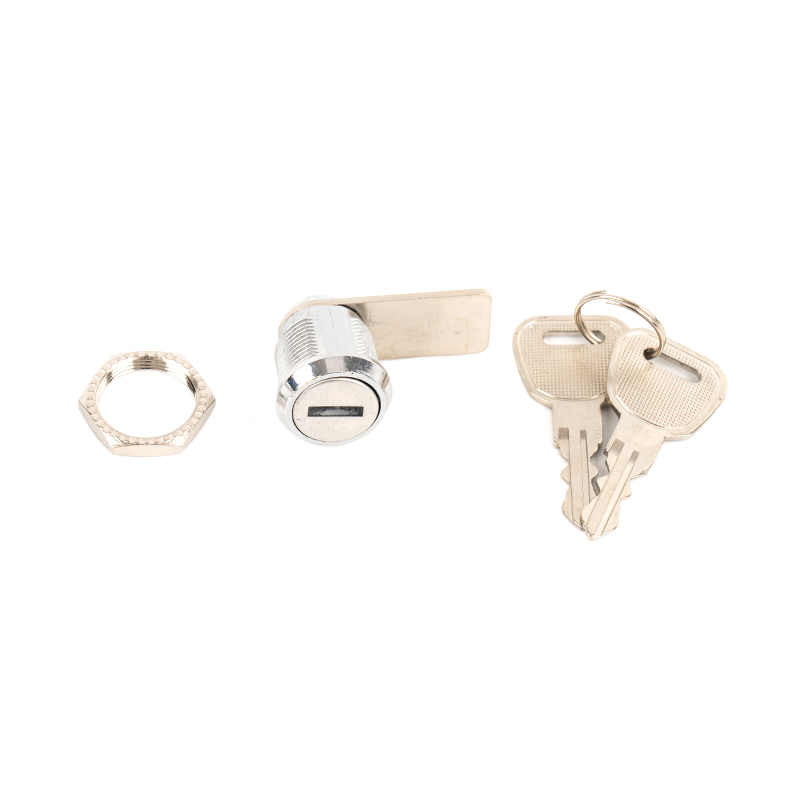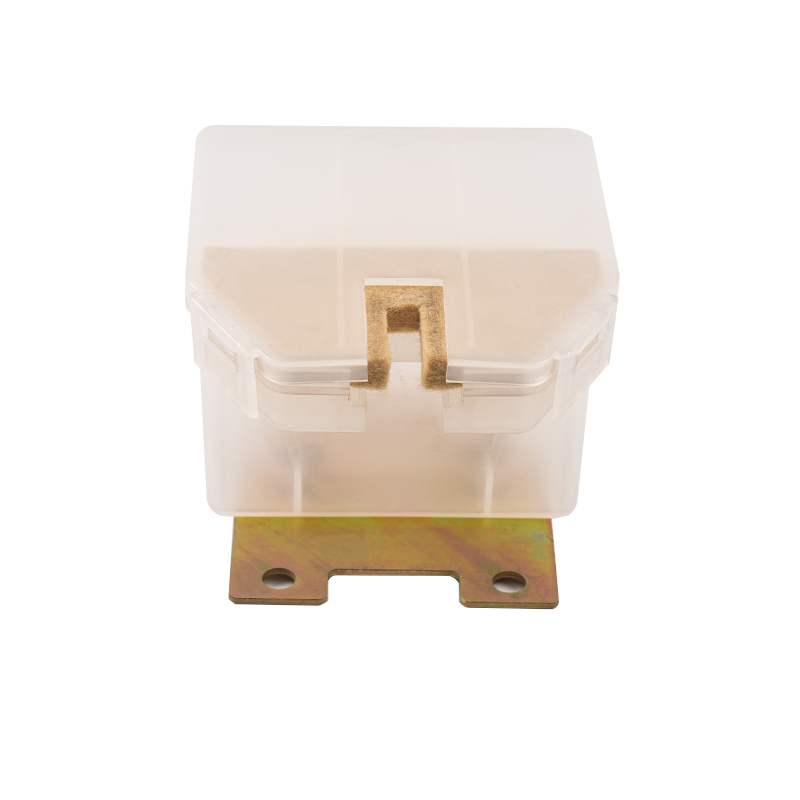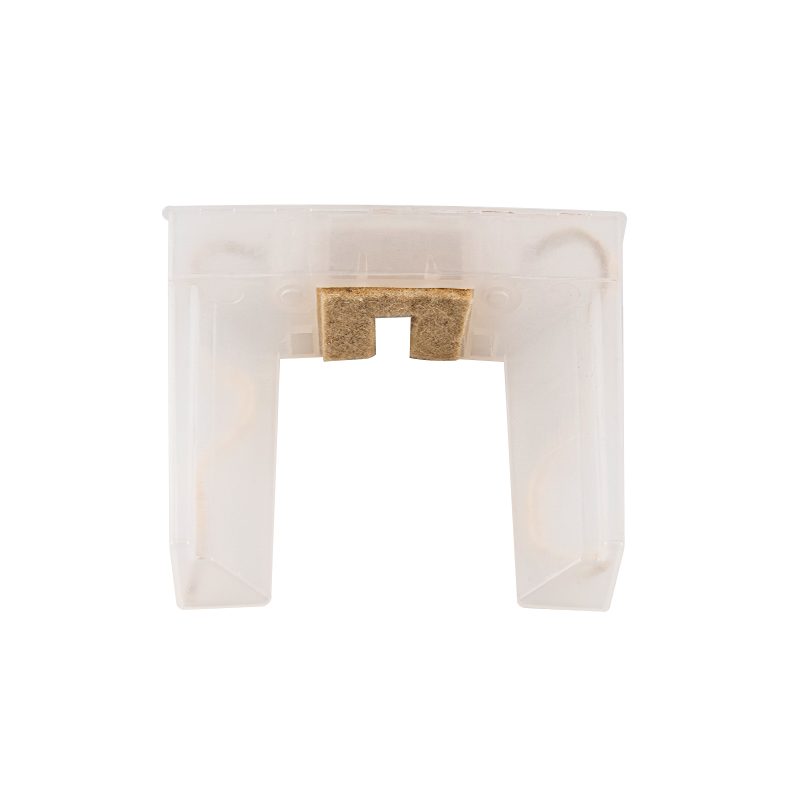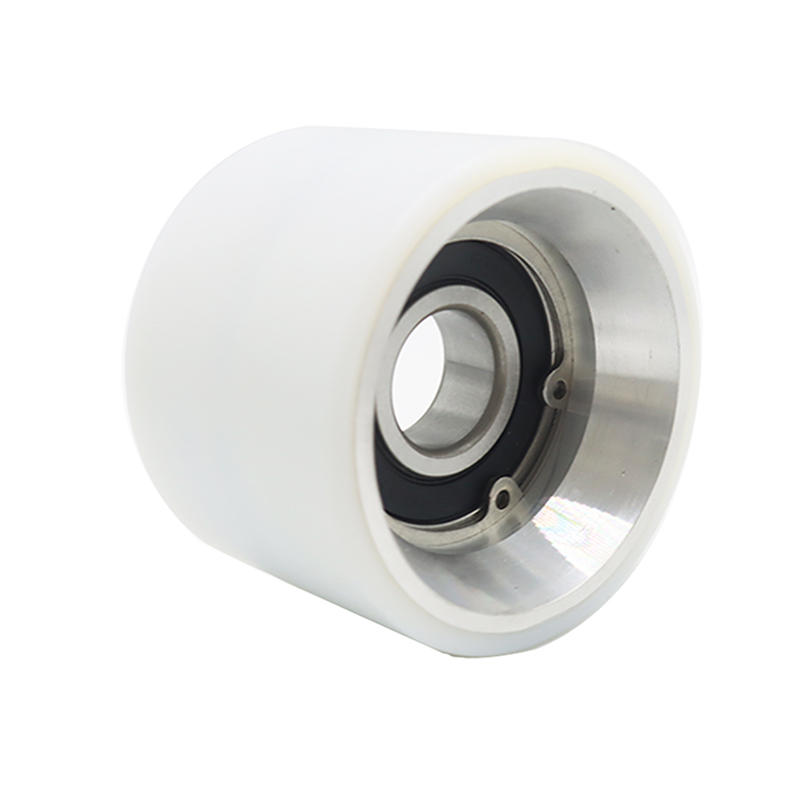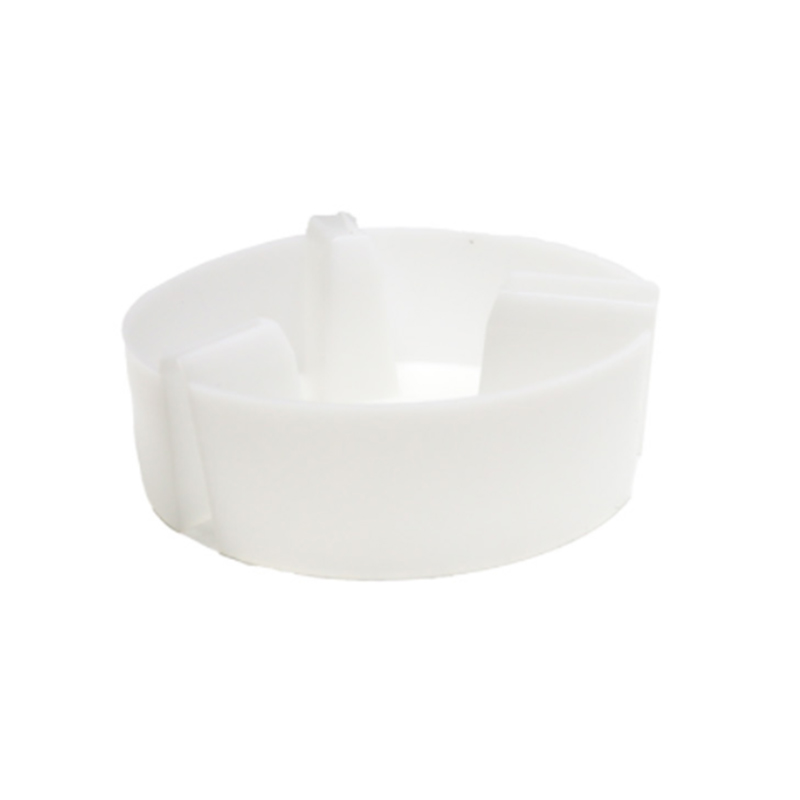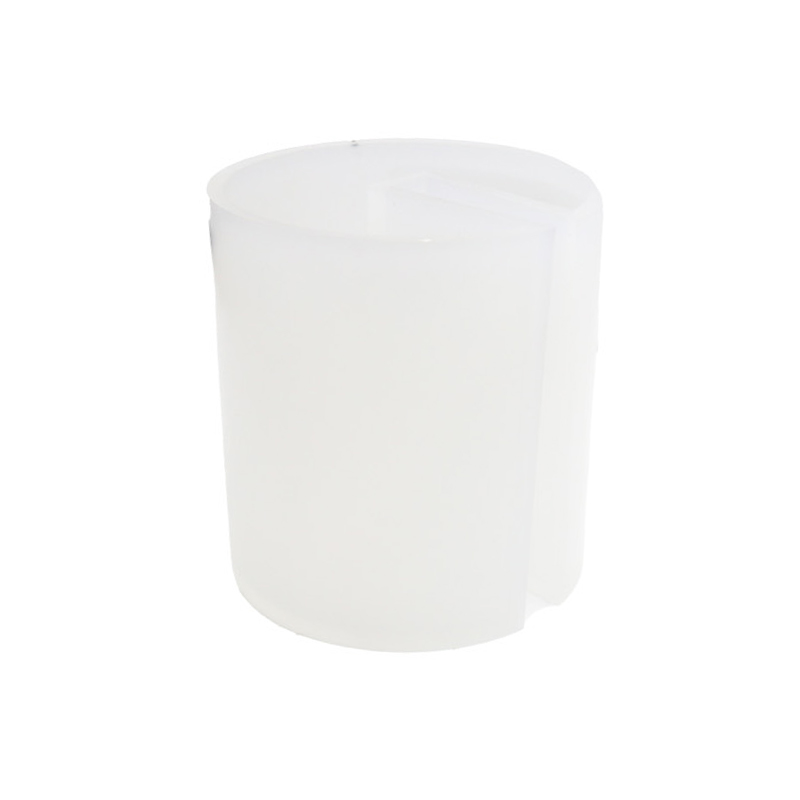Content
1. Basic structure and function of oil cups
The elevator oil cup is a key lubrication device installed above the elevator car and counterweight guide rails. Its main function is to evenly transport lubricating oil to the guide rail surface through cotton thread or felt, thereby reducing friction, reducing operating noise and preventing guide rail corrosion. The oil cup is equipped with maximum and minimum liquid level marks to ensure that the amount of lubricating oil remains within a reasonable range.
The normal operation of the oil cup has an important impact on the overall performance of the elevator. Good lubrication can reduce the friction coefficient between the guide shoe and the guide rail, reduce operating resistance, save energy consumption, and reduce vibration and noise, while improving riding comfort. On the contrary, if the oil cup is improperly maintained and leads to poor lubrication, it may accelerate the wear of the guide rail and guide shoe, and even cause elevator unstable operation, abnormal noise and other faults. Therefore, maintenance personnel must pay full attention to the daily maintenance of the oil cup.
2. Lubrication maintenance cycle and specifications
The lubrication maintenance cycle of the elevator oil cup needs to take into account multiple factors such as frequency of use, environmental conditions and manufacturer recommendations. Under normal circumstances, the elevator oil cup should be replaced or replenished with lubricating oil every 3 months to half a year. However, for elevators that are used frequently (such as commercial centers, hospitals, etc.), or elevators in special environments such as dusty and humid environments, the maintenance cycle should be appropriately shortened.
The selection criteria for lubricants are crucial. Lubricants of the type specified by the elevator manufacturer must be used and cannot be replaced at will.
High-quality elevator lubricants should have the following characteristics:
- Appropriate viscosity index to ensure stable lubrication performance at different temperatures
- Good oxidation resistance to extend service life
- Excellent anti-rust and anti-corrosion performance to protect metal surfaces
- Good compatibility with oil cup materials (such as plastics, rubber, etc.)
The steps for replacing lubricants should be standardized:
- Stop the elevator and set the maintenance status
- Clean the old oil and sediment in the oil cup
- Check the internal condition of the oil cup and clean or replace it if necessary
- Add new lubricant to the specified liquid level
The impact of environmental factors on lubrication cannot be ignored. In a dusty environment, lubricants are more likely to be contaminated, resulting in reduced lubrication performance and increased component wear. At this time, additional protective measures can be considered, such as adding an oil cup dust cover or using a specially formulated lubricant. High humidity may cause water vapor to enter the oil cup, causing the lubricant to emulsify, so the lubricant needs to be checked and replaced more frequently. The maintenance record should record the lubrication of the oil cup in detail, including information such as the type of lubricant, the amount added, and the date of replacement. These records are not only proof of maintenance work, but also provide a reference for subsequent maintenance.
3. Precautions for safe operation
Safety preparation before operation is the basis for ensuring the safety of maintenance personnel. According to the standard operating procedures for elevator maintenance, the following preparations must be made before oil cup maintenance: place a "maintenance out of service" sign at the entrance of the elevator base station; close the hall door, and if it cannot be closed, set up a protective fence; ensure that the car top maintenance switch is in the maintenance position. These measures can effectively prevent unrelated personnel from misoperating or entering dangerous areas. The use of personal protective equipment cannot be ignored. Maintenance personnel should wear safety helmets, protective glasses and non-slip gloves that meet the requirements. When checking the oil cup, be careful to avoid contact between the lubricant and the skin or eyes. If contact is inadvertent, rinse immediately with plenty of clean water and seek medical attention if necessary. When replenishing or replacing lubricants, it is recommended to use tools such as funnels to reduce the risk of spills.
Electrical safety requires special attention. The elevator oil cup is mostly located on the top of the car, and there may be various electrical components around it. During operation, ensure that the tool is well insulated to avoid the risk of short circuit. If the lines around the oil cup are found to be aging or the insulation is damaged, it should be handled in time to prevent the lubricating oil from seeping into the electrical components and causing failures.
After each maintenance, the work site needs to be cleaned up, and all tools and materials must be counted and recovered, and the protective devices must be removed before normal operation can be resumed. These standard operations can not only ensure the safety of personnel, but also ensure the quality of maintenance.
4. Common fault diagnosis and treatment
Oil leakage is one of the most common problems of elevator oil cups. Oil leakage may be manifested as obvious oil stains around the oil cup, or lubricating oil accumulation at the bottom of the well. The main causes of oil leakage include:
- Aging and failure of the oil cup seal
- Cracks or damage to the cup body
- Poor joint due to improper installation
- Excessive filling of lubricating oil, exceeding the maximum liquid level
When dealing with oil leakage, the cause should be found out first. If it is a seal problem, replace it with a new seal; if the cup body is damaged, the oil cup needs to be replaced as a whole. Temporary emergency treatment can clean the leaking parts and reduce the amount of oil appropriately, but thorough repairs must be arranged as soon as possible, and the machine cannot be operated with problems for a long time.
Poor lubrication is another common problem, which is manifested as insufficient lubrication of the guide rails, dry friction or uneven lubrication. Possible reasons are:
- Insufficient oil in the oil cup, below the minimum liquid level
- The oil felt is hardened, blocked or damaged, and cannot release the lubricating oil normally
- The lubricating oil deteriorates and loses its lubricating properties
The oil cup is improperly installed, resulting in the lubricating oil not reaching the required parts
To deal with poor lubrication failures, the oil cup oil level should be checked first and replenished according to the standard. If there is a problem with the oil felt, it needs to be cleaned or replaced; if the lubricating oil deteriorates, all new oil should be replaced. After treatment, the elevator needs to be operated to observe the lubrication effect to ensure that the fault has been eliminated.


 English
English 中文简体
中文简体
